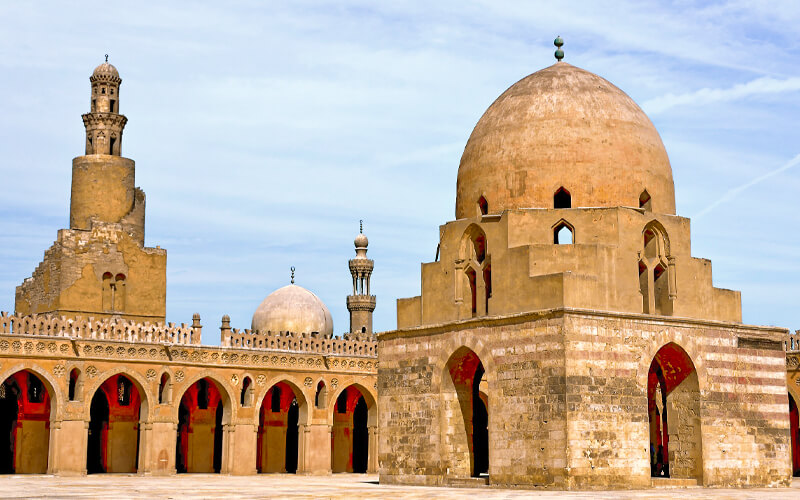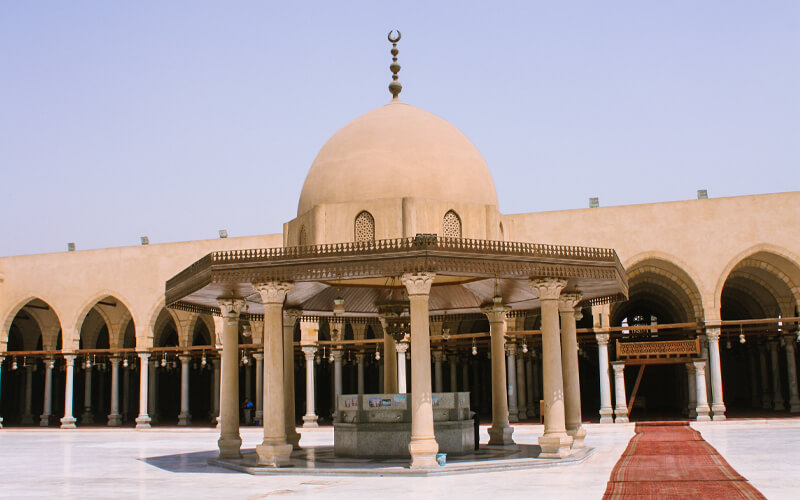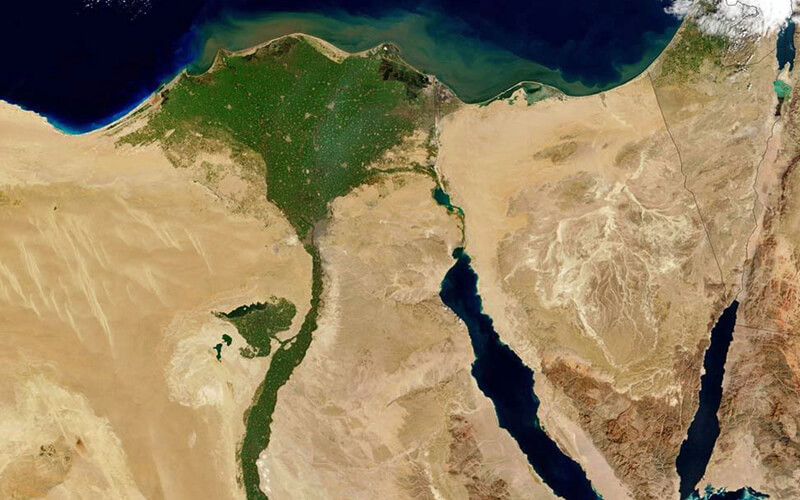Mosque of Ibn Tulun
Ahmed Ibn Tulun Mosque | Information about the Ahmed Ibn Tulun Mosque
The Ibn Tulun Mosque is the oldest mosque in the city and the biggest mosque in terms of land size. It is also the most important mosque in the city. It was constructed between 876 and 879 AD by Ibn Tulun, who served as governor of Al Fustat during the Abbasid Caliphate’s reign in Baghdad during the 9th Century.
The Moorish-style mosque was built by Ibn Tulun.
Tolon, El-Sayeda Zainab, Cairo Governorate, Egypt is the location of this business.
Abbasid architecture is a style of architecture.
Ahmad ibn Tulun is credited with founding the organization.
Ahmad ibn Tulun is the leader of the group.
Mosque | Islamic architecture is a form of architectural structure.
The Mosque Space is 2.5 hectares in size, and it was designed to keep the city at a distance. It was filled with stores and booths to do this. Ibn Tulun was influenced by his birthplace, particularly the “old mosque of Samarra,” and he incorporated his improvements into the design. Architectural historians believe the mosque was the world’s first structure to feature a pointed arch, more than 200 years before the development of the European Gothic arch.
Another distinguishing characteristic of the mosque is the usage of an outer enclosure wall to protect it from the elements. These walls, which were built around the mosque in Baghdad, were designed to isolate the holy sanctuary of the mosque from the rest of the city. In Egypt, on the other hand, this enclosure was ultimately filled with the homes of affluent Egyptians, who constructed openings into the mosque’s walls to provide their homes exclusive and direct access to the mosque’s interior.
Except for the two homes that currently comprise the Gayer-Anderson Museum, all of these structures have been destroyed and their doors locked.
Robert Gayer-Anderson was a British colonial commander who, with the approval of the Egyptian government, resided in these buildings throughout the 1930s. In addition to being an Orientalist and a passionate collector, he decorated the home with his collection of art, furniture, and carpets, all while supervising the property’s restoration.
As part of his departure from Egypt in 1942, he bequeathed the whole furnishings of his home to the Egyptian government. Currently, the mansion has been restored and furnished, and it is regarded to be one of the finest surviving specimens of Cairene architecture from the 17th century in the whole city. It was also utilized for part of the shooting of James Bond’s latest film, “The Spy Who Loved Me,” which was shot at the mansion.
Even though they are only visited by a small number of visitors, these two locations are undoubtedly among the most spectacular in Cairo. The combination of the magnificently renovated mosque and the museum, which are located next to one another, provides an unequaled window into Cairo’s history. They are conveniently located in Cairo’s Sayeda Zeinab area, close to the Sultan Hassan Mosque and Saladin’s Citadel, and may easily be combined with a visit to these more well-known attractions on the same day.
If you want to spend a fantastic vacation check out our amazing Egypt Vacation packages or Cairo Excursions to find the best way to travel to Egypt for you.



